COLUMN: Chicago is a little lonelier because of Covid-19
A Red Line train stopped at Randolph in The Loop.
Before the pandemic started, I would walk around Millenium Park on my breaks at work, take pictures of tourists taking pictures at the Bean and speed walk through the large crowds crossing the street to Michigan Avenue.
Whether it was 6 a.m. on my way to work or 9 p.m. on my way home from class, I never felt lonely. Commuters, tourists, coffee drinkers and walkers that I never knew the names of were right next to me. Chicago never felt lonely. It was a massive city that always reminded you that if you were awake, someone else was too.
But since the pandemic, the streets have started to feel a little bit wider. The train carts feel a little bit brighter with light –– less people there to swallow the fluorescence. There is more room for walking and more room for light to fill up spaces. But where there is more, there is less. There are less bodies. Living in Chicago now feels a bit lonely.
I took it all for granted. A lot of us city people did. Where I now walk slowly across Michigan Avenue, I miss the rush of crossing with a crowd. When I wanted to look at the Bean without tourists flooding my view, I now miss people handing me their phones to capture their memories.

Before last March, the people I commuted with in the mornings on the Red Line were just a part of my daily routine. The nurse with her ceramic coffee mug got off at the Chicago stop. Seeing her hop off alerted me that I had four more stops to go.
The security guard who would enter the cart with his lunch in a black bag, came on at North and Clybourn. He was the security guard at the building I worked at. Seeing him every other morning made me feel like I had a distant friend riding with me until the end of my commute.
The lady with the purple book bag and red bob haircut reminded me to put my headphones in and listen to a song or two before clocking in at work.
I didn’t know any of these people, but in some way or another they were all a part of my routine.
With the loneliness now accompanying me on my way to work, I no longer see the nurse and her mug, the security guard and I have different commuting schedules and often my ride is silent with no music since the lady with the purple backpack isn’t there to remind me to put my headphones in.
But now, I have taken it upon myself to get to know and observe the people that I commute with, get my coffee from, walk by or ring out at the register a little bit more – but in a new light. These commuters, these customers and people are hard workers. They’re hard workers who too, now feel lonely without their pre-pandemic routines.
The pandemic has taught me that everyone once had a routine, everyone had a schedule of people or habits they now miss. It has taught me that every interaction in this lonely, unprecedented world, is an opportunity to get to know someone new before last January or February.
I now know the man who used to come up to my registers to buy two or three newspapers, as a computer science professor. With the register line not being much of a line anymore, he and I often chat about school as he takes out his little notebook and writes down the advice I give him about teaching students over Zoom.
An Uber driver that picked me up from work once, owns his own cabinet and granite laying company. While listening to a pop radio station he told me stories about his rich clients refusing to pay average costs of service for his work. They often attempted to trick him to hike down the costs of his labor to save themselves a dime.
The security guard that was once on my Red Line commutes walks his wife to her car every morning, making sure she gets to work okay. He’s a big White Sox fan.
Another Uber driver I had was a quiet man until I asked him about the Jazz music he was playing on Pandora Radio. He explained to me how Pandora has over a hundred Jazz stations and together we listened to a song by Theodore “Fats” Nevarro.
The woman who counts the people entering the grocery store I go to once a week, just cut and colored her own hair after an entire year of not doing so. It’s the most brunette she’s ever gone.
And my pharmacist who was once at the old Walgreens I had been picking up at for more than two years, is now at the new pharmacy I go to. She remembered that I do not like extra bags or receipts. She and her old staff were all transferred to the new pharmacy after the old one closed. This new one too, makes her commute longer than it was before.
These are the people who are now a part of my pandemic life, but they are more than just a routine. They aren’t just people I notice along my Red line commute. They are hard workers, they too have commutes and lonely walks.
The pandemic has made living and working in the city lonely, but it’s changed my perspective on how I interact and observe people.
We’re all a little bit lonely, where we once clung to our commutes and routines, we took advantage of those around us. Every interaction now is a chance to feel less alone –– a hope that someday the sidewalks will feel less wide and more people will fill up the light of the train cars again.


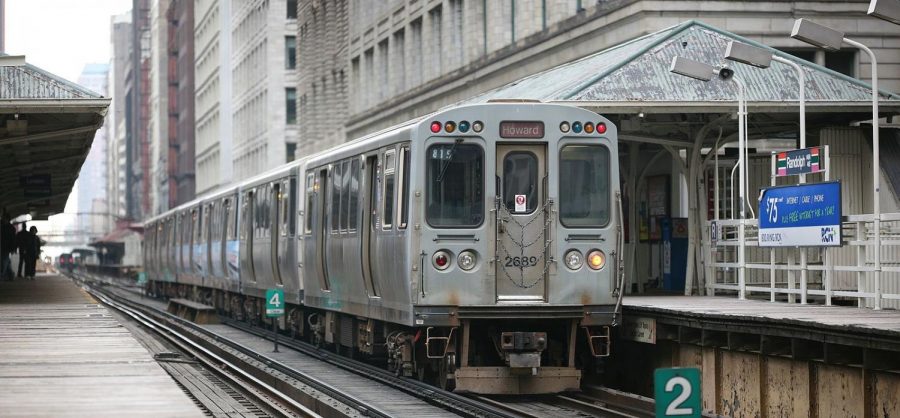

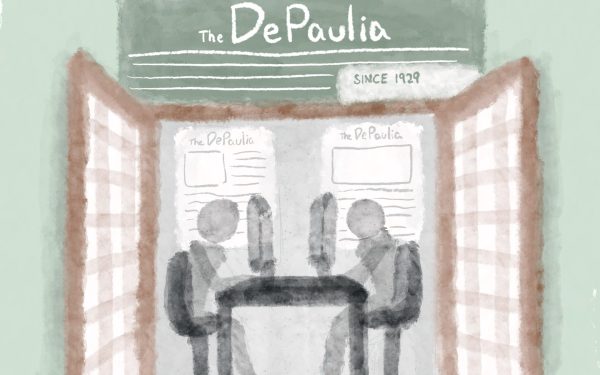
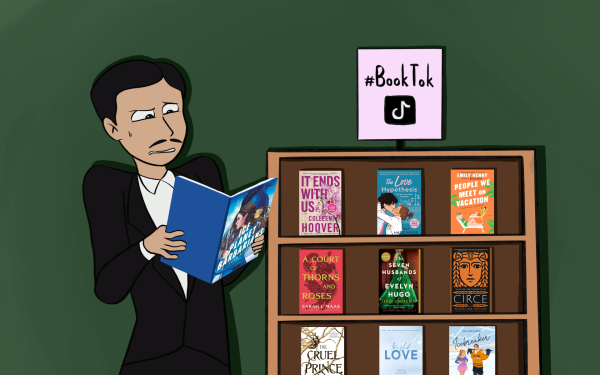


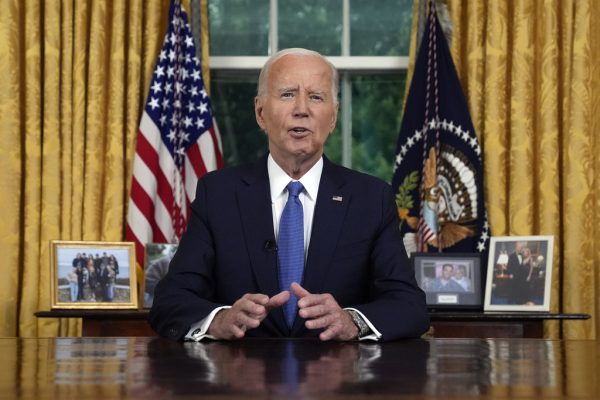
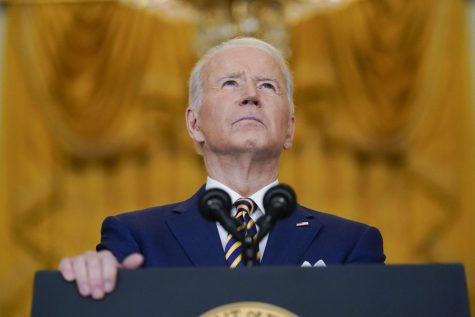


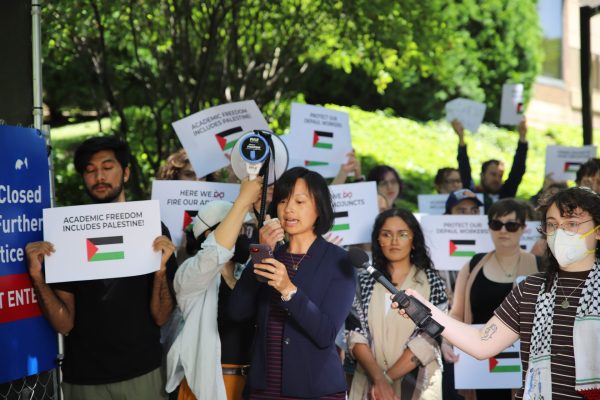

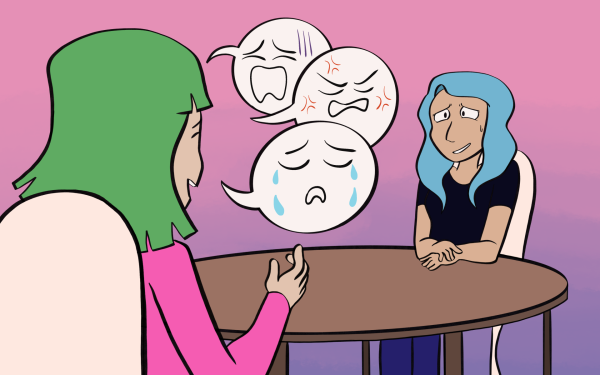



Katie • Feb 8, 2021 at 1:48 pm
Beautifully written 🙂